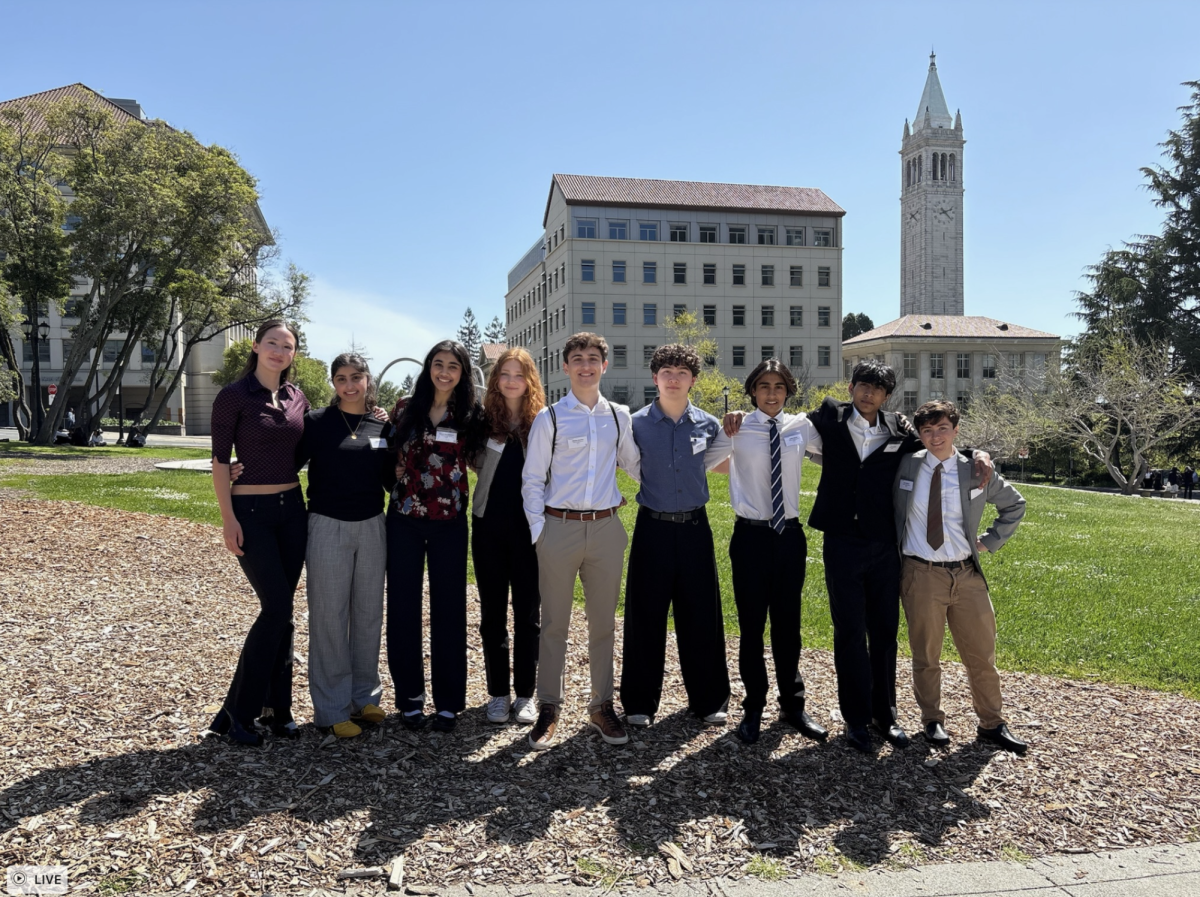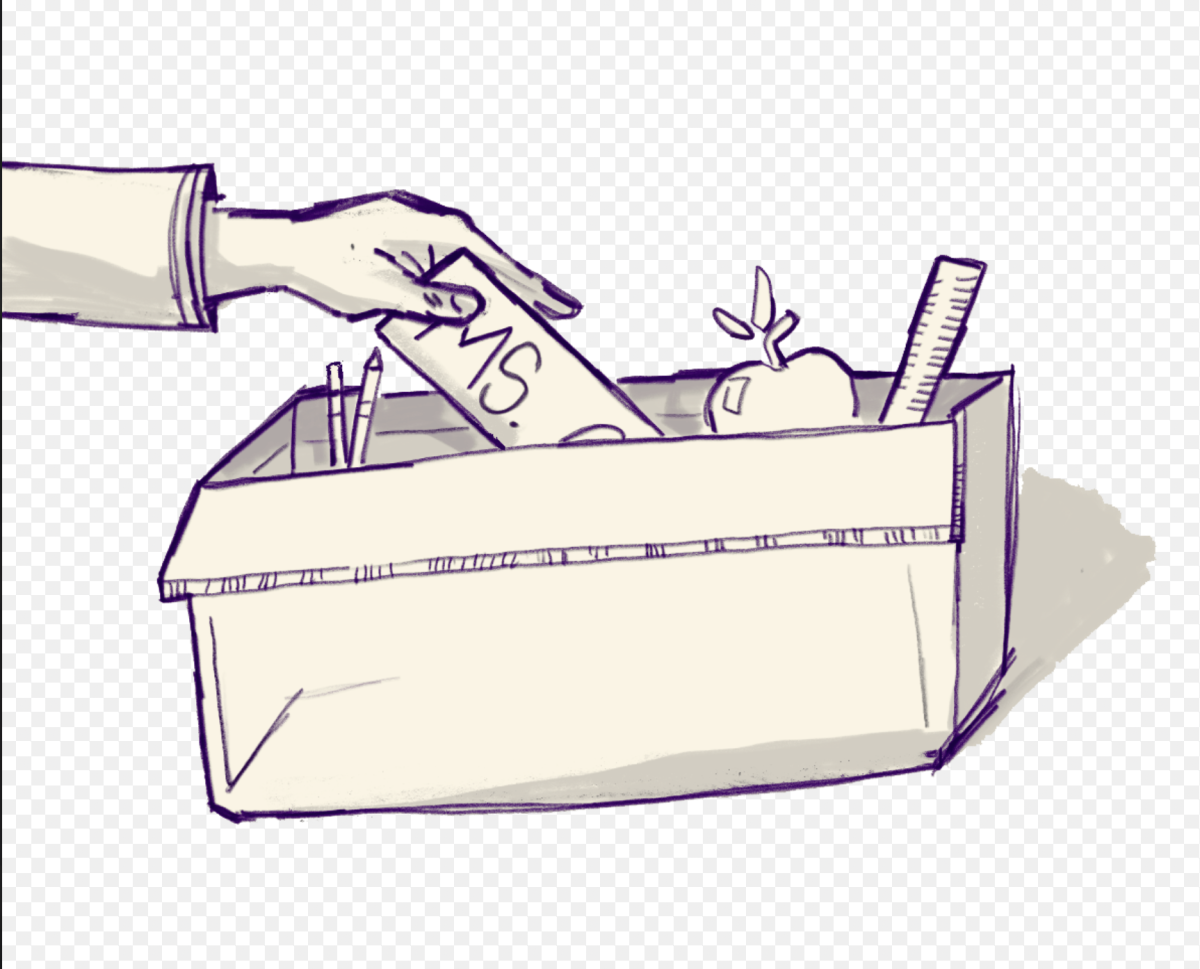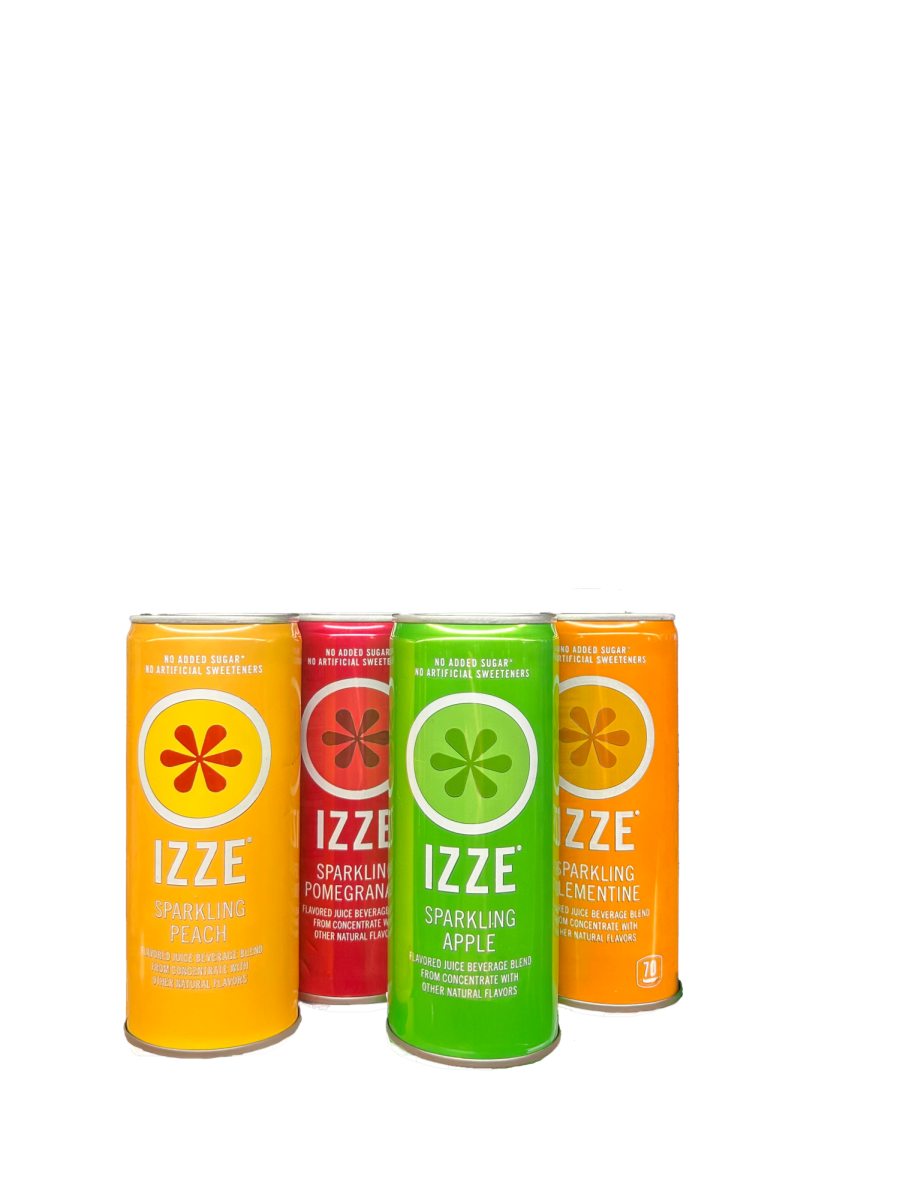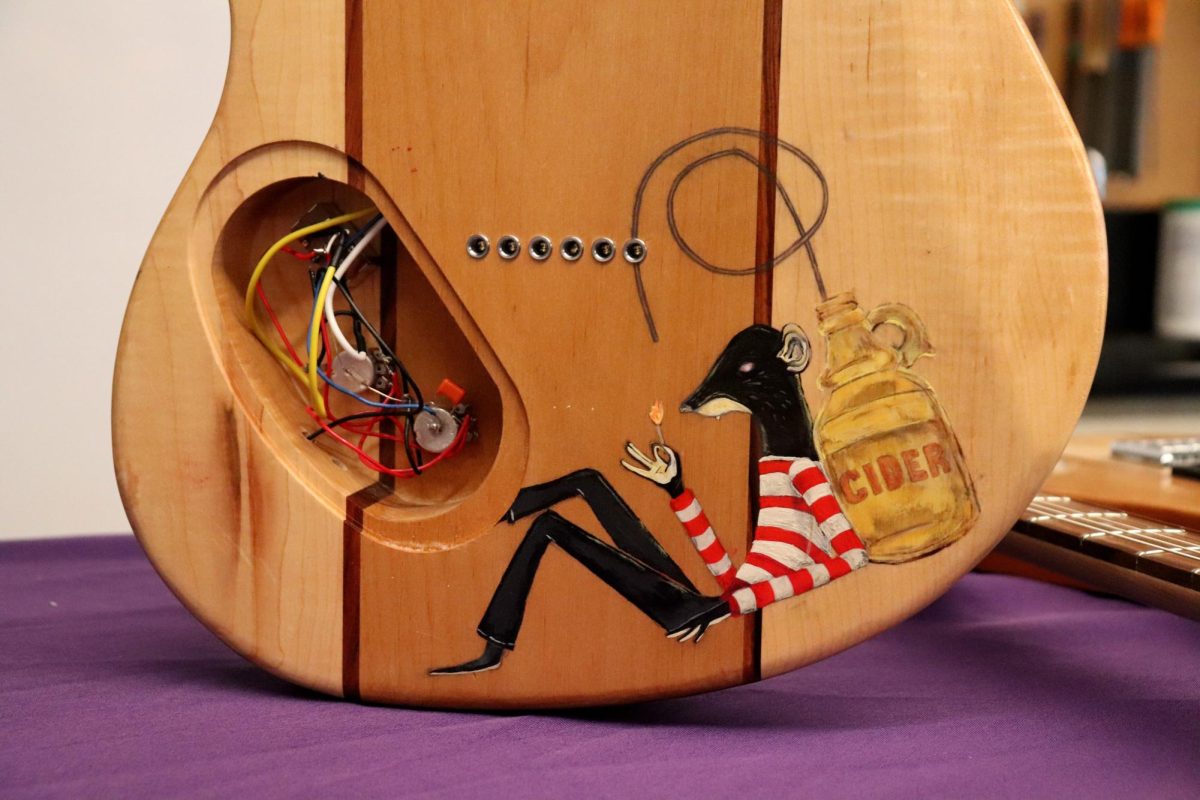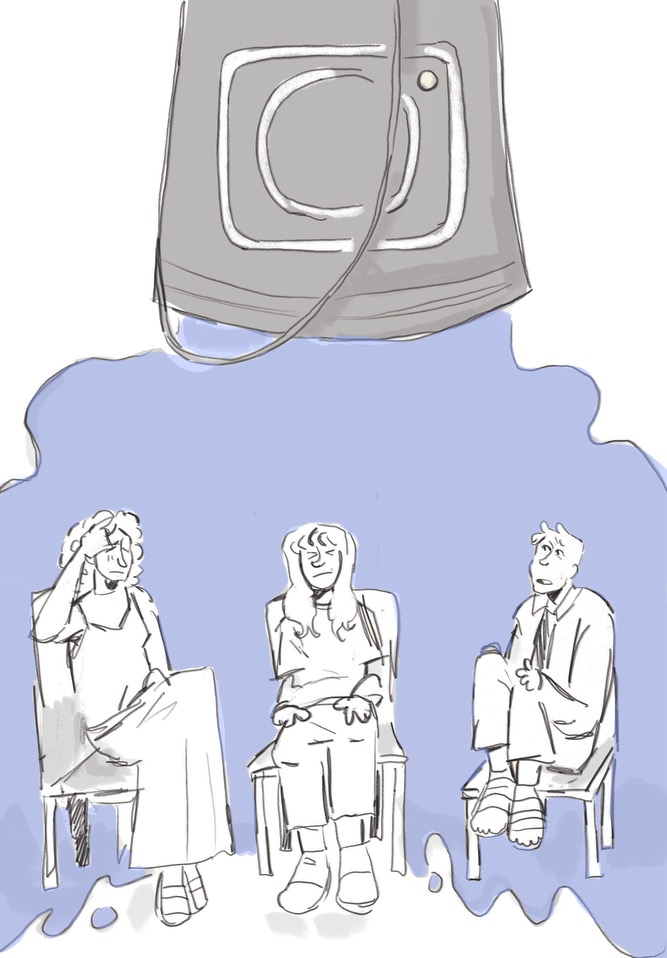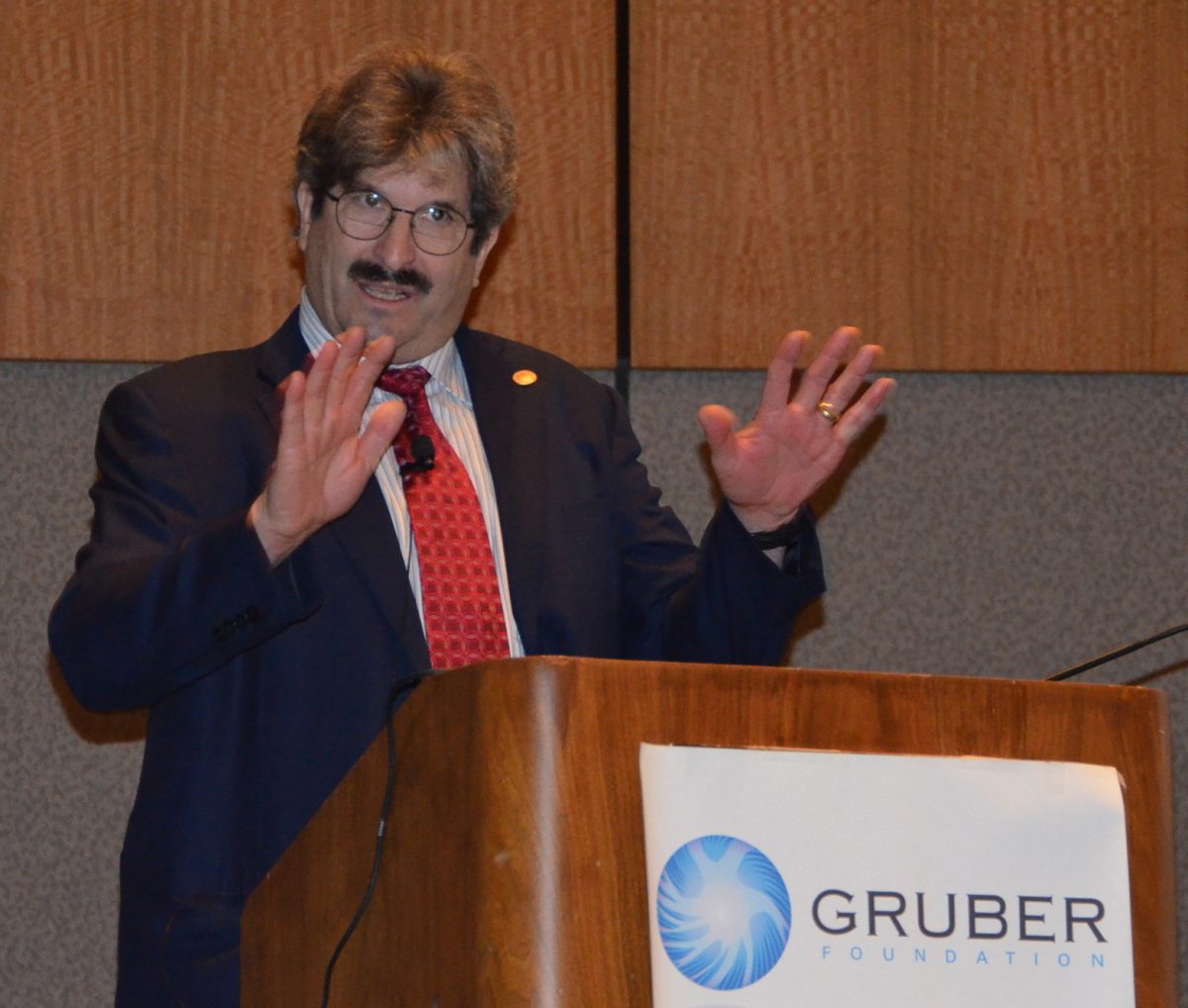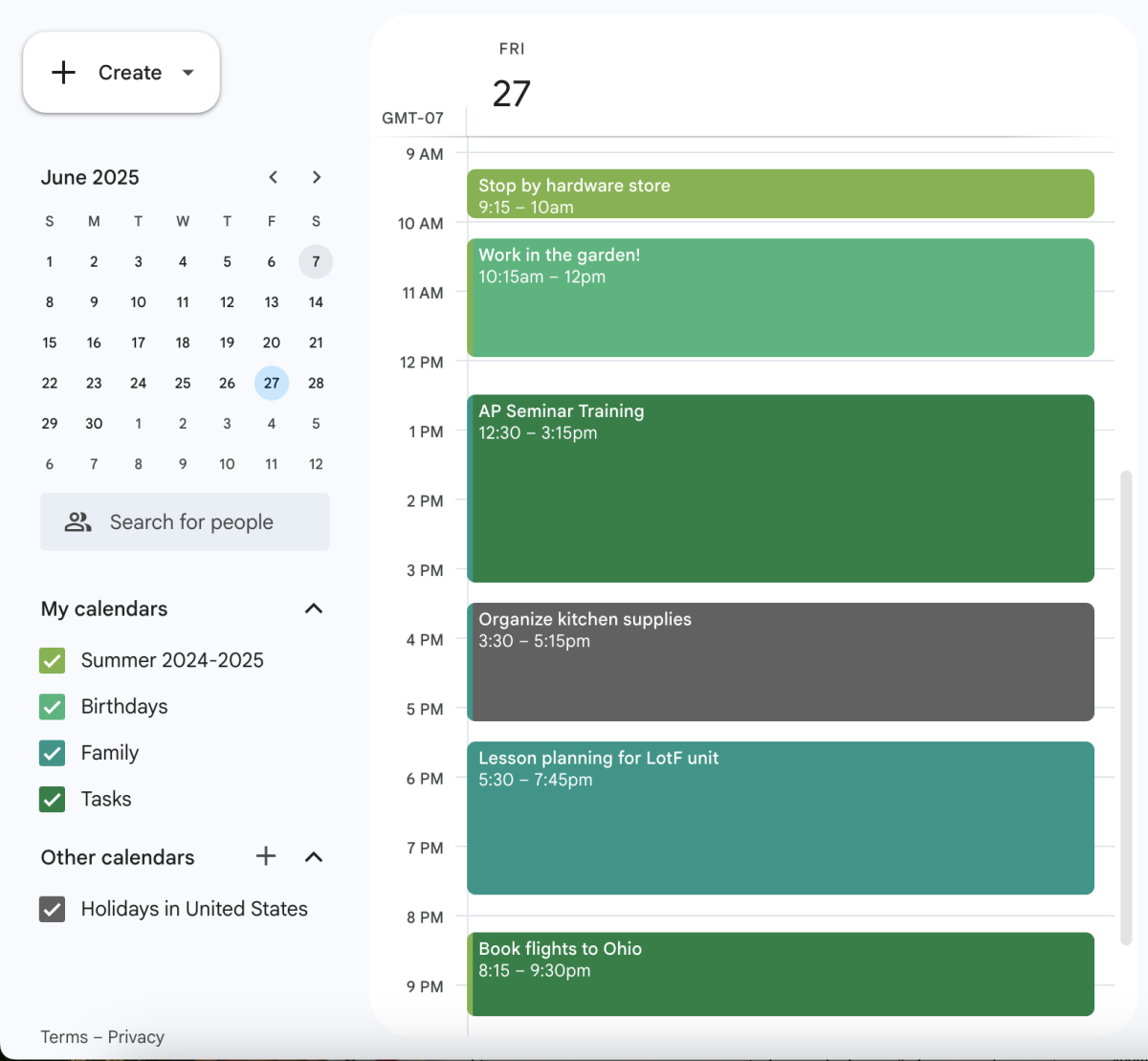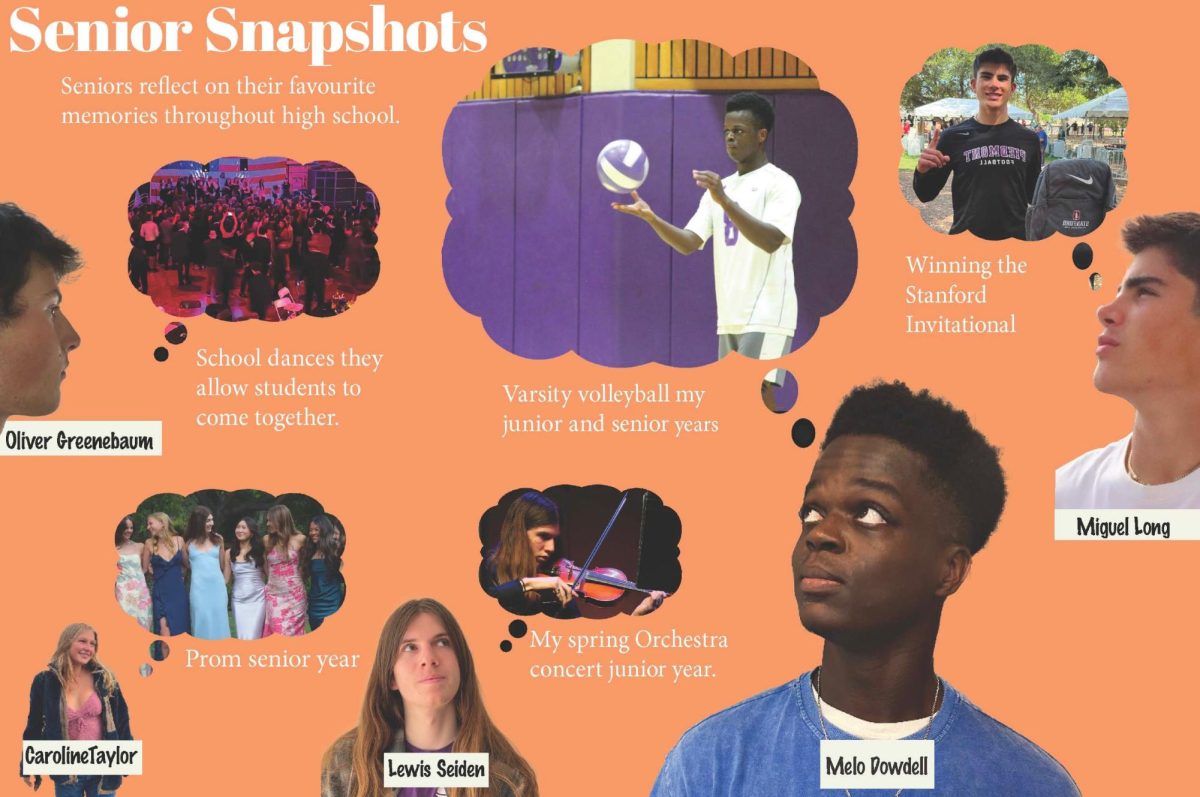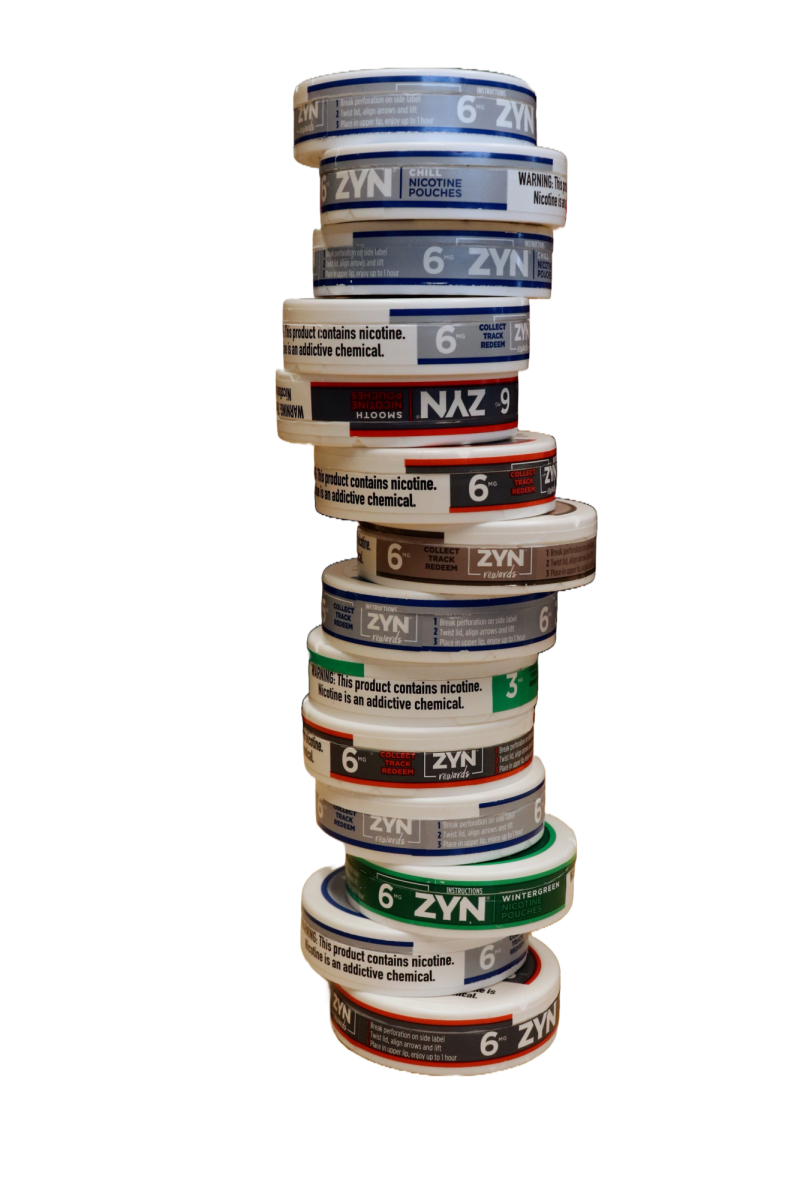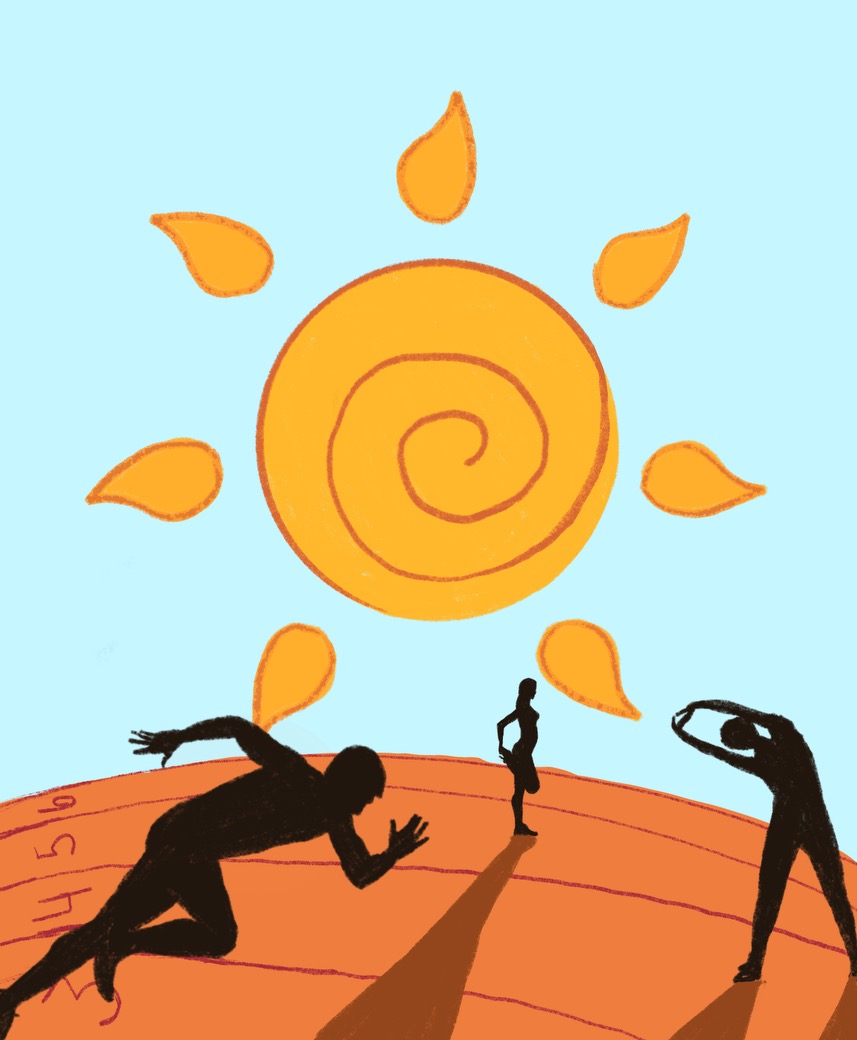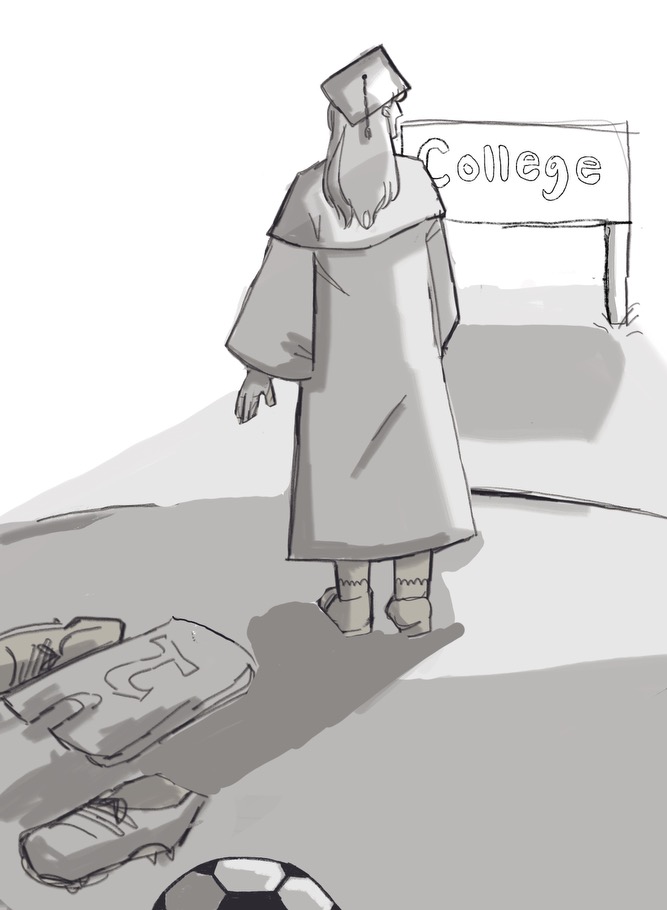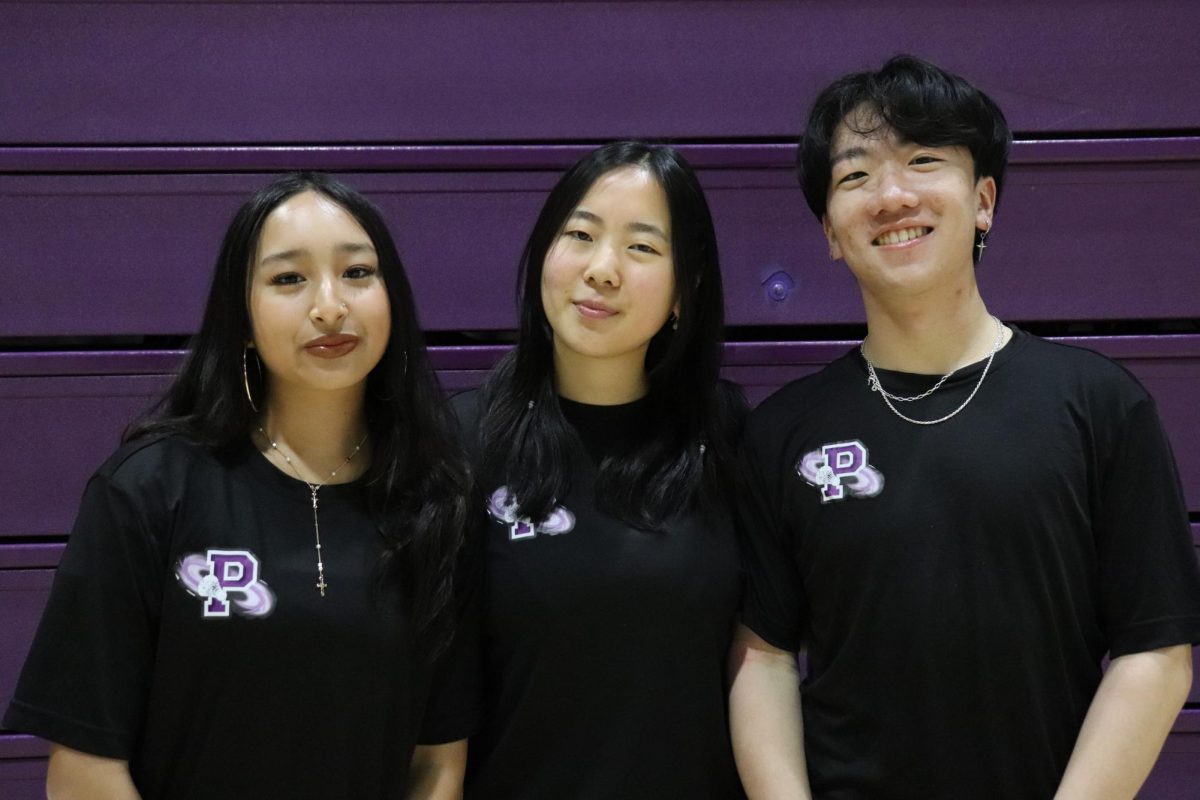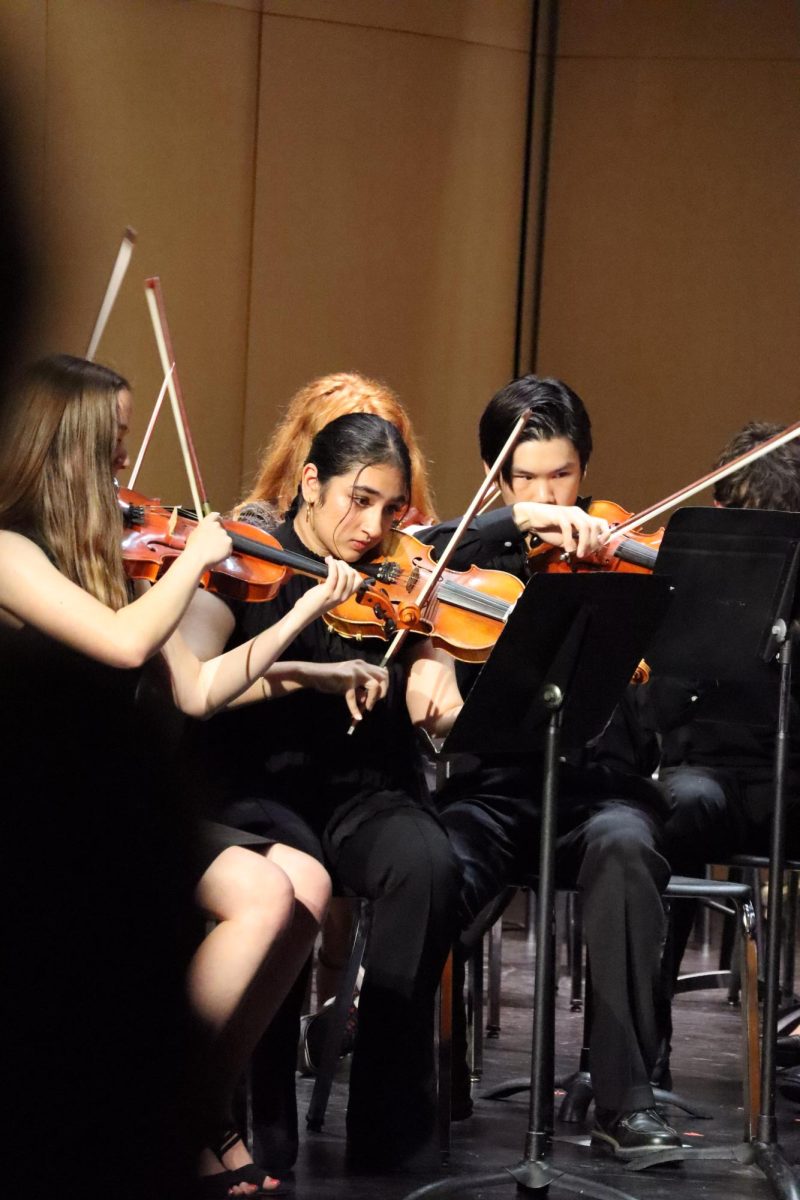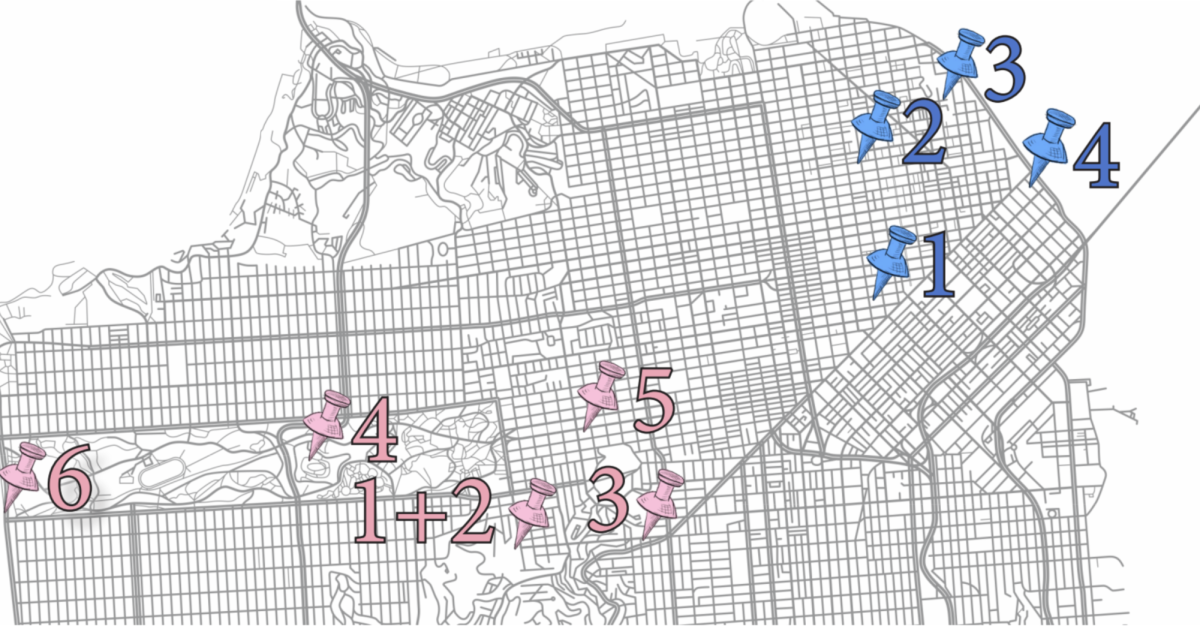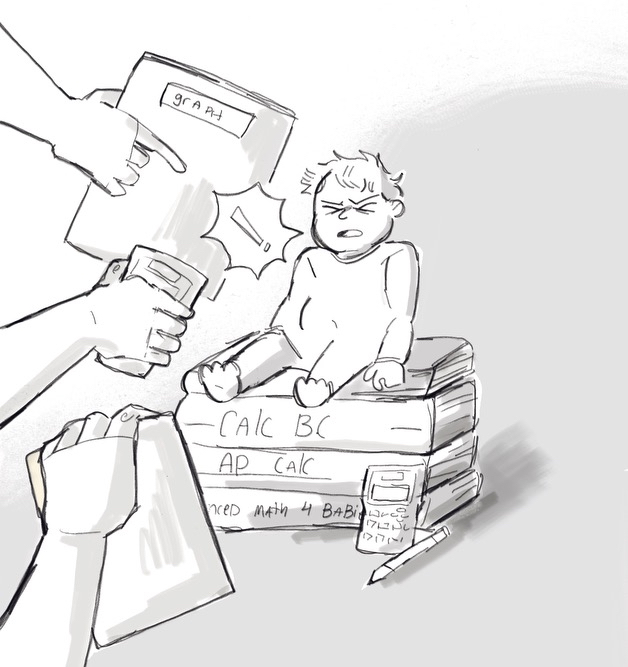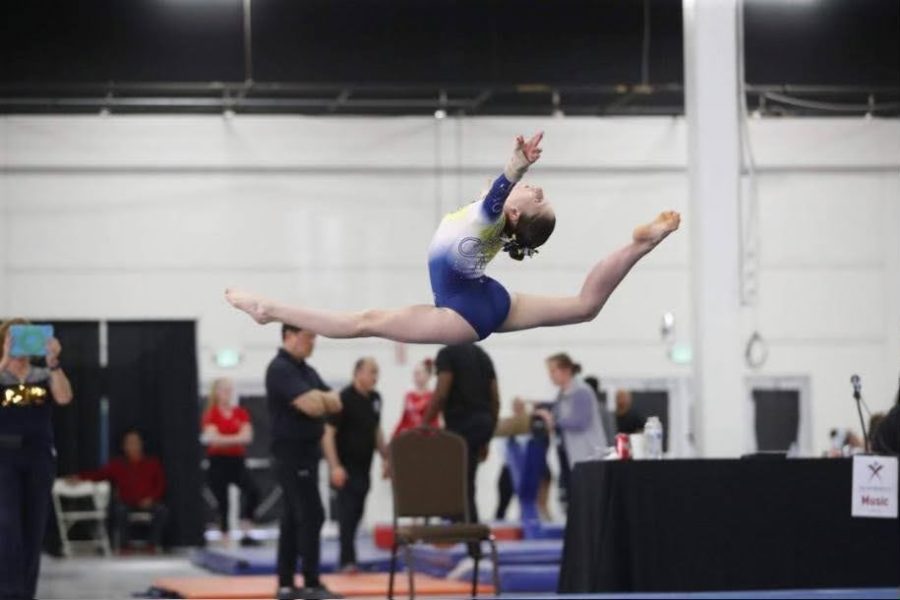Junior Elite Gymnast Transitions to Diving for Health and Opportunity
Feb 17, 2023
Broken back. Paralyzed shoulder. Diabetes. Four months ago, junior Nina Schwab made the decision to stop competing in gymnastics, a physically grueling sport she had engrossed herself in for 14 years. Although the sport had given her many of her closest friends, it had also routinely pummeled her with severe injuries, which she felt pressured to compete with.
Schwab began taking gymnastics classes in San Francisco when she was two, she said. By the time she was eight, Schwab was participating in the Talent Opportunity Program (TOPS). According to USA Gymnastics, TOPS is designed to screen for talented athletes and is the beginning of the path for an elite athlete.
“I was on the elite track and got invited to a week-long sleepaway camp at the Karolyi Ranch,” Schwab said. According to ESPN, the Karolyi Ranch is the former U.S. Women’s National Gymnastics Training Center where gymnasts such as Simone Biles and Gabby Douglas trained before it was permanently closed in 2018.
As she catapulted through the levels, she began training twenty five hours a week and had little time for rest, Schwab said. Training so much meant that her body had little time to recover from strenuous practices and was more prone to injury.
“Gymnastics is such a demanding sport, not just mentally but physically. Everybody on her level had injuries. She probably had more than most of them, but it was the amount of time you spent rehabbing injuries versus actually doing [gymnastics] that was too much,” said her mom Kim Fisher.
During middle school, Schwab had a series of unaccommodating coaches and began thinking seriously about quitting, she said. Although she had a slew of broken bones and was also diagnosed with Type I Diabetes, requiring her to closely monitor her blood sugar levels, her coaches dismissed her health.
“There’s a culture [in gymnastics] where you should train on your injury and coaches pressure you to,” said Fisher.
Because of pressure to perform, Schwab damaged the nerves in her shoulder from an overuse injury, paralyzing her arm and shoulder for six months, she said.
“At gym, even when I broke my back, [my coaches] said ‘It’s always something with you, you’re fine’ and they were being all dismissive of it,” Schwab said.
Schwab decided to switch gyms in hopes of finding more understanding coaches, but was feeling increasingly burnt out.
In December 2021, Schwab had another bad back break which took her seven months to recover from. “It made it really hard to come back to practice. I’d had 10 broken bones, I’d damaged nerves, I’d broken my back before, but I’d just never had that much trouble coming back and started hating gymnastics,” Schwab said.
She became extremely frustrated because she wasn’t able to do the same skills she could before her injury. She had also grown apart from her gym friends during her long recovery and decided it was time to give up gymnastics before the effects of the sport damaged her body permanently, Schwab said.
When Schwab expressed her frustrations, her aunt, who dove Division One in college, suggested she try diving. “She said it was way easier on my body and switching from gymnastics to diving is a very common switch, so I agreed,” Schwab said.
In August 2022, she joined the California Diving Academy. “At first diving was a little hard with my [diabetes] because of the tubes on me and because cold water dropped my blood sugar, but I think my body’s getting used to it and I’ve figured out a pretty good system,” she said. After school she drives herself to San Ramon for two hours of dry land practice, then drives to the pool for a two hour dive practice, totalling 16 hours a week.
Schwab said she enjoys the freedom she has in her new sport. “[My new coaches] don’t yell. If I’m injured, they actually believe me instead of forcing me to train through it. It’s less rigid and they’re way chiller,” she said.
Diving has also been a way for Schwab to break out of her gymnastics bubble and meet people from various backgrounds. While Schwab had known many of her gymnastics teammates for years, diving is a sport most people start when they are older, which turns into a fun game among her teammates of guessing which sport divers switch from.
“She seems much lighter, much happier. I think it was a good switch. I’m really happy that she seems happier doing what she’s doing now,” said Fisher.
Although Schwab began diving less than a year ago, she is already optimistic about diving in college. “The season is soon and the national qualifier is a huge event with lots of college coaches there. Especially since I’m a very new diver and have a quick learning curve because of gymnastics, I possibly could get a couple calls,” Schwab said. According to Schwab, if she dives in college she will be the second type one diabetic to do so.
“I think there’s a message in there for people too: I feel like when you do something and you’re good at it, and you’ve been doing it forever, it’s hard to change because this is who you are. And [change] sometimes is the right thing to do,” said Fisher.

